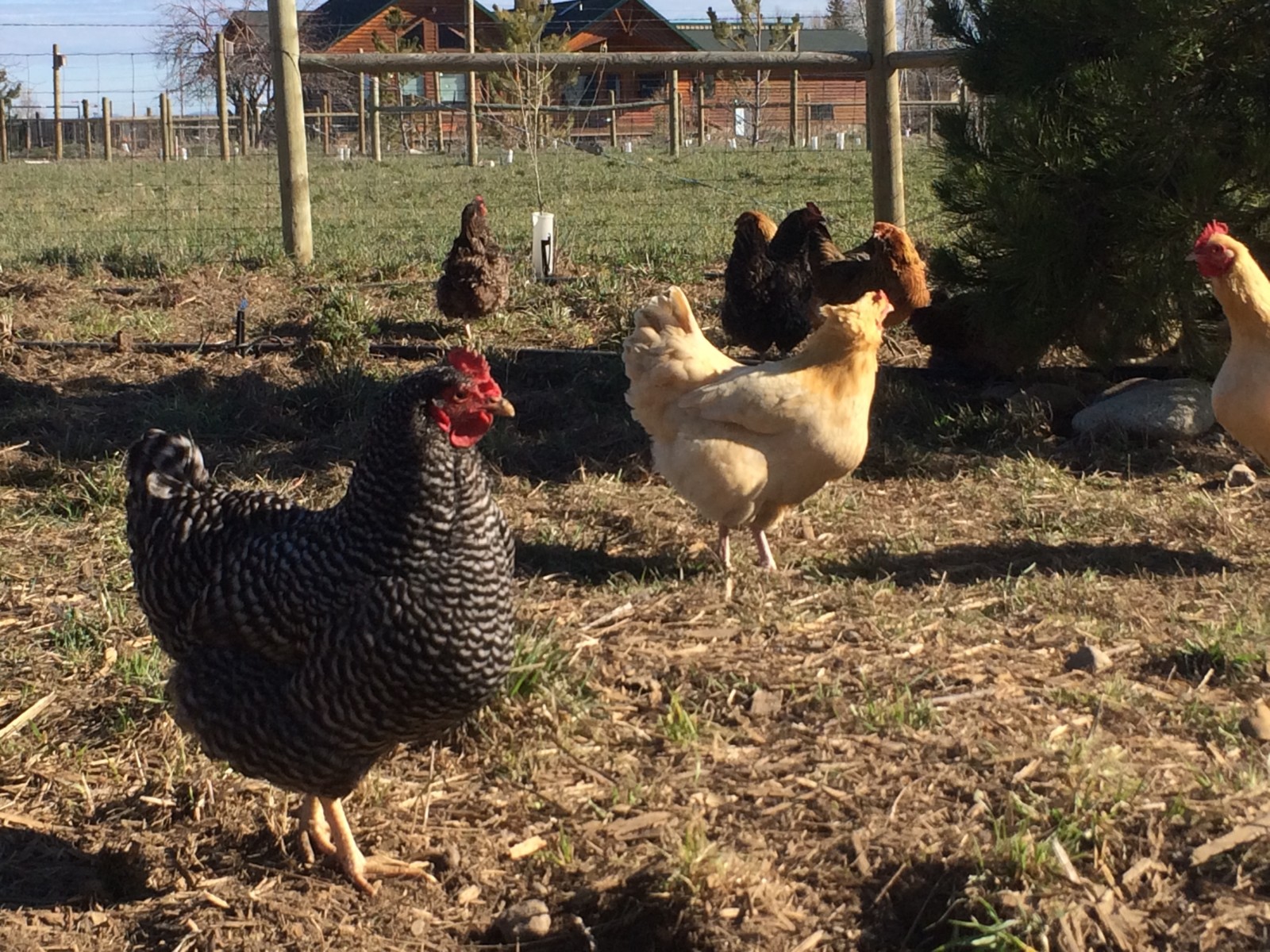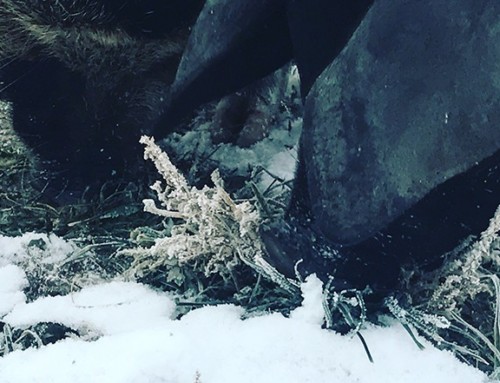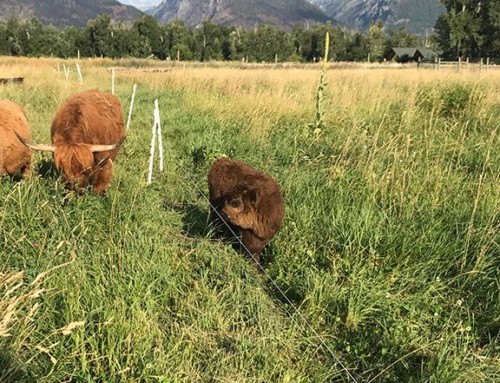We do not believe in lazy, pampered livestock here at ABC acres. We care for our animals, to be sure, while at the same time managing them in a way where the relational benefits are not merely one-way. From our cattle moving daily into their new paddocks to our pigs rotating through and tilling the ground for us to introduce new seed to areas, we allow our animals to engage in meaningful work they enjoy doing. Namely, working by eating, and then distributing their fertility-rich waste within the ever-shifting bounds we offer to them.
In our observations, none of our livestock works as industriously as the smallest members of our team. Our poultry perform many different tasks quickly and effectively to impressive levels to where we feel somewhat slothful by comparison. Our chickens break pest cycles, spread manure, shred mulch to a fine consistency, fertilize with their manure, and spread out piles of leaves and grass as well as my pitchfork and stiff back could. They even help control the rodent population. Witnessing a hen sprint down a field mouse, kill, and eat it gives you an entirely new appreciation to the phrase, “a tough old bird.” What I have mentioned are not anywhere near an exhaustive list of what chickens do for us besides the eggs and meat we enjoy to sustain ourselves, but it begins to speak of their value to both us and the land.
Our turkeys help us out as well, both our domesticated flock being raised for Thanksgiving Day tables as well as the flock of wild turkeys that roam about the property on a nearly daily basis. The turkeys of the domesticated persuasion currently are helping break pest cycles underneath our apple and plum trees, while also fertilizing and cleaning up any fallen fruit from our orchard trees.
A plethora of possibilities of permaculturally partnering with poultry exist. It is merely a matter of leveraging the natural drives, desires, and behaviors of our feathered friends. While at first glance it may seem like more work to move a flock of chickens, further analysis often proves the opposite. The chickens and turkeys are doing productive work throughout the farm that we as a result do not have to do, or perform tasks through their activities, like eating fly larvae out of cow manure, that we would have to deal with by buying and re-applying a natural repellant. In this case, a chicken’s worth of prevention is well worth more than a pound of treatment.
Blessings,
Grant







